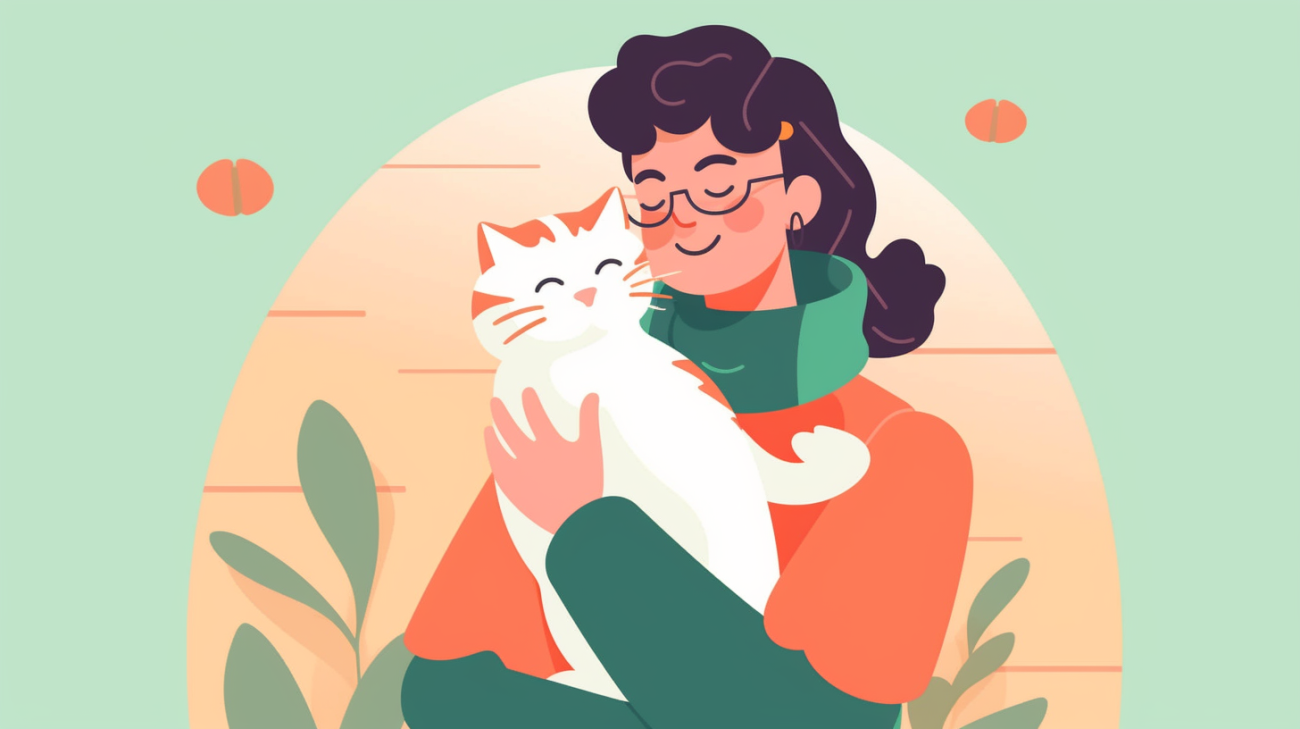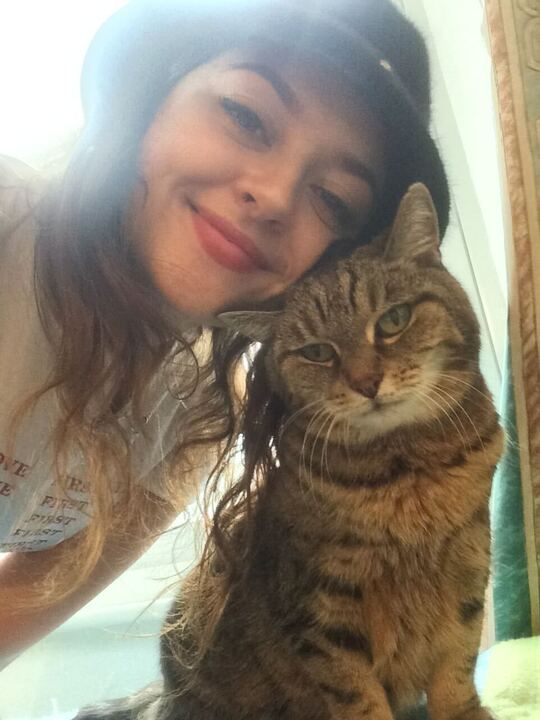Key takeaways
Pet cats can be difficult to read. Sometimes, they may seem withdrawn or unhappy, and we can find it tricky to cheer them up.
To help you look out for your pet's wellbeing, we've put together this comprehensive guide to make your cat happy.
We explore how to make a happy home and environment for your kitty, how to keep them healthy, and signs to look out for that may indicate they aren't too happy!
Quick Navigation
How to make a happy home for your cat
Cat trees

Cat toys
Puzzle feeders: In the wild, cats need to hunt and work for their food. Cats, in particular, have a high prey drive and enjoy hunting. Puzzle feeders can replicate this by making cats figure out how to get their treats. They can keep them entertained for hours without the need to interact with them, perfect for when you want to get some work done!
Hunting toys: Another way to satisfy this prey drive is to use toys that replicate the process. For example, a wind-up mouse, a laser pointer, or a feather toy all make for great toys that can encourage your cat to run, jump, and chase, helping them get the physical stimulation they need as well as the mental.
Tunnels: Cat tunnels add some interest to your kitty's environment and help them create their own games. As cat owners, we've all seen our cats experiencing the zoomies. Cat tunnels can transform a boring living room into an exciting new land to explore.
Climbing blocks: As we previously mentioned, cats enjoy getting high (and we're not talking about cat grass or cat nip). Cats like to climb tall buildings, trees, and fences to watch out for potential predators and keep their owners or kittens in their territory safe.
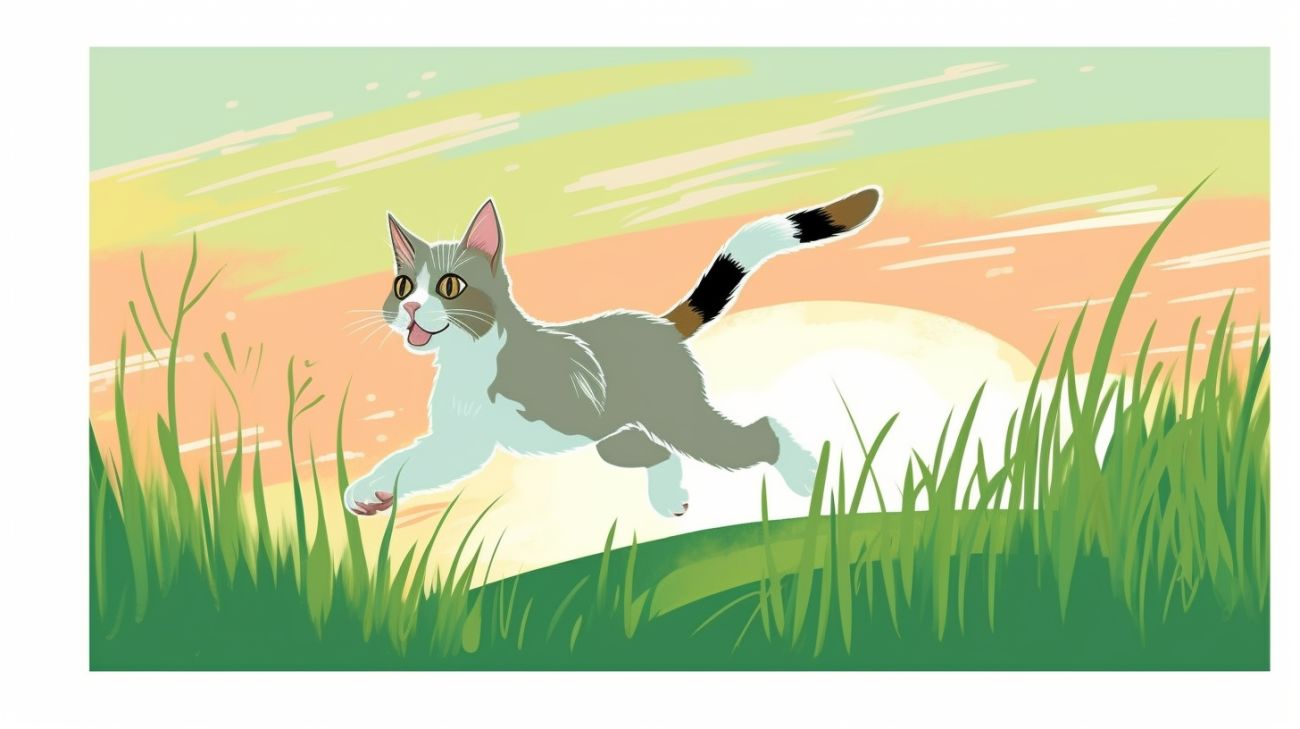
Litter box
Peace and quiet
Running away: When cats feel unsafe, their fight-or-flight instinct can be triggered. This means they will instinctually run away from home to find a safer environment.
Becoming anxious or depressed: A constant feeling of worry can affect your cat's overall wellbeing. They can experience anxiety and depression, which can affect their eating and drinking habits.
Hiding: A scared cat will instinctively hide. We've probably seen this when our cats get overwhelmed by visitors. However, if this behavior becomes constant, it's a clear indication they don't feel safe in their home.
Developing health problems caused by stress: Stress can directly impact your cat's physical health. Problems like urine infections can develop and become recurring if your cat is experiencing ongoing stress.
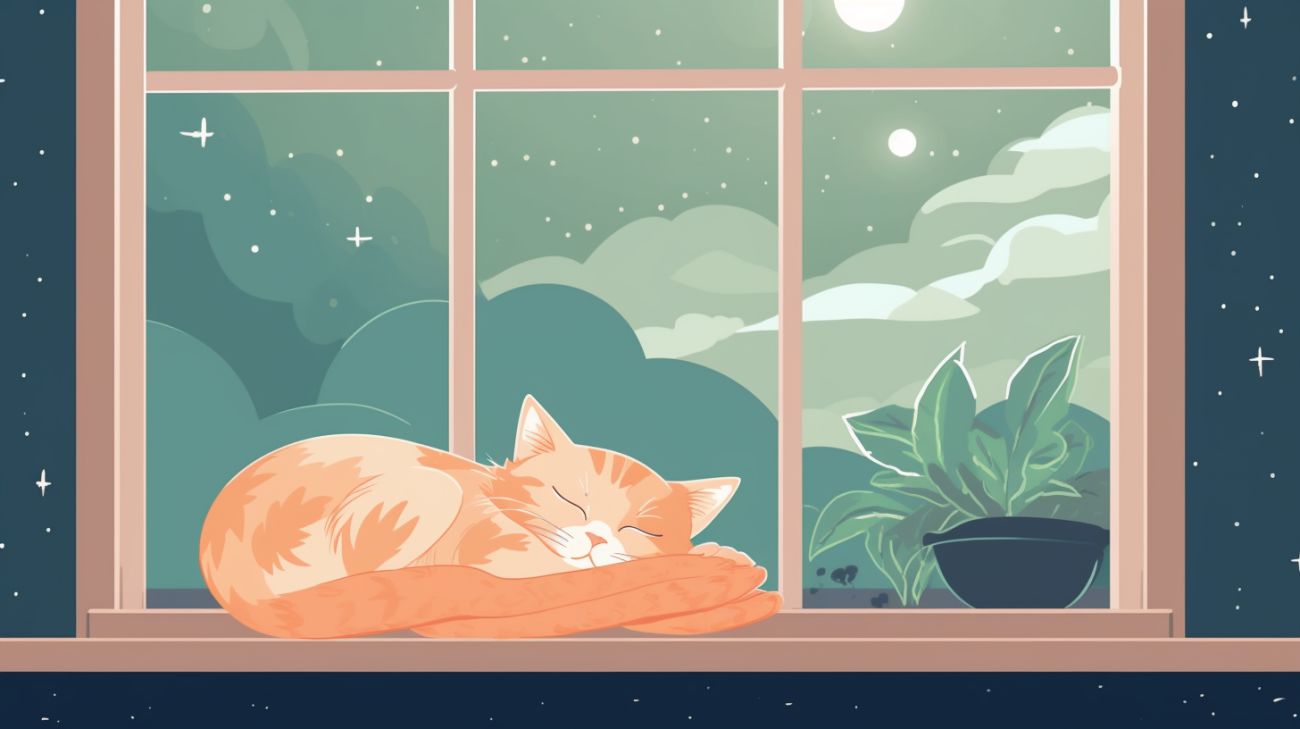
How to keep your cat healthy
Healthy diet
Age: As cats age, their needs change. Older cats will need plenty of high-quality protein to maintain their muscle mass. Meanwhile, kittens need lots of calcium to support the growth of their bones.
Breed: Certain breeds will need certain nutrients. Purebred cats will differ in their needs from regular moggies. This can be because of their different coat types, body mass, and size.
Health issues: If your kitty already has health problems or is taking medication, you should chat with your vet about the best nutrients to help combat these issues.

Attention
Playtime: Setting time aside to play with your cat is essential. While your cat can make their own fun and entertain themselves, it's a lot easier when someone is playing with them. Try using new toys, making new games, and generally being silly with them. This attention will be very stimulating for them, and they will not only have satisfied their hunting instincts but also their need for love.
Cuddles: Physical affection is a form of affection your cat will be able to understand. You'll see most cats head nudging each other, curling up for a nap together, and generally enjoying the closeness of another cat. Remember to respect your furry friend's boundaries and give them the attention they enjoy. This may mean a few strokes a day, or it may mean hours of cuddling and napping together.
Day-to-day contact: Our cats also thrive from us just being there. Interacting with them day-to-day is as important as dedicated play or cuddle time. If they are left alone for too long, they may experience anxiety and depression, as well as their fight or flight instinct kicking in. Don't leave them for hours every day if they don't have another cat or animal to interact with or access to the outdoors.
Cats are independent creatures who like their own adventures and quality time. However, this doesn't mean they don't enjoy building relationships and spending time with other animals and people.
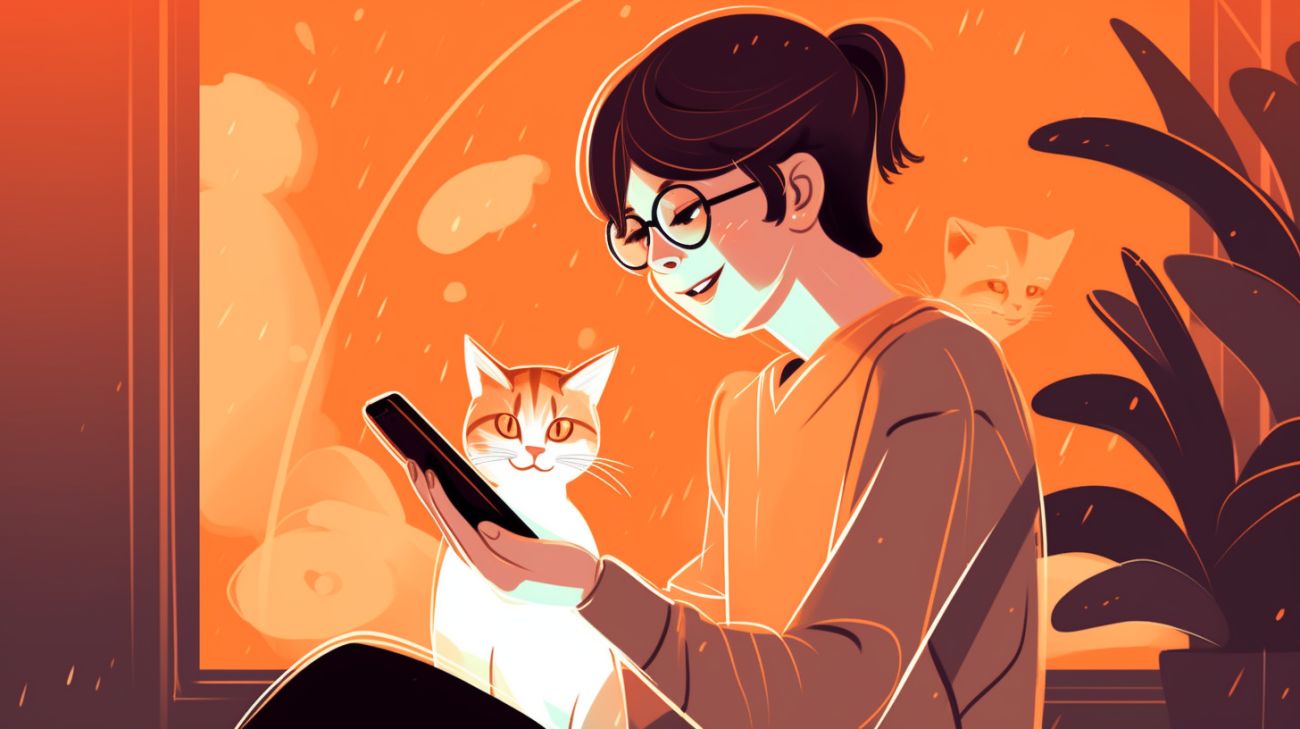
Exercise
Install cat shelves: Vertical space is just as important as floor space. Sometimes, even more important. This is because cats enjoy climbing and surveying their territory from a high vantage point. This will help them feel secure in their home whilst satisfying their instinct for adventure. Playing along these shelves, running, and climbing will all help your cat lead a happy and healthy life.
Declutter: Our cats may feel frustrated if they don't have a clear route or space to run and play in. Furniture can act as places to climb and explore, but general clutter may put your kitty off exercising. Make sure you open up the bedroom doors to increase their environment as much as possible.
Toys to chase: Playtime is extra important for indoor cats. Without it, they may not get much exercise at all. Invest in toys your cat can chase, like wind-up mice and laser toys.
Secure cat run: If you keep a strictly indoor cat, it might be worth considering whether you can create a secure outdoor space for them. Cat runs can allow your cat to move from the inside to the outside easily without being subject to the risk of the outdoors.
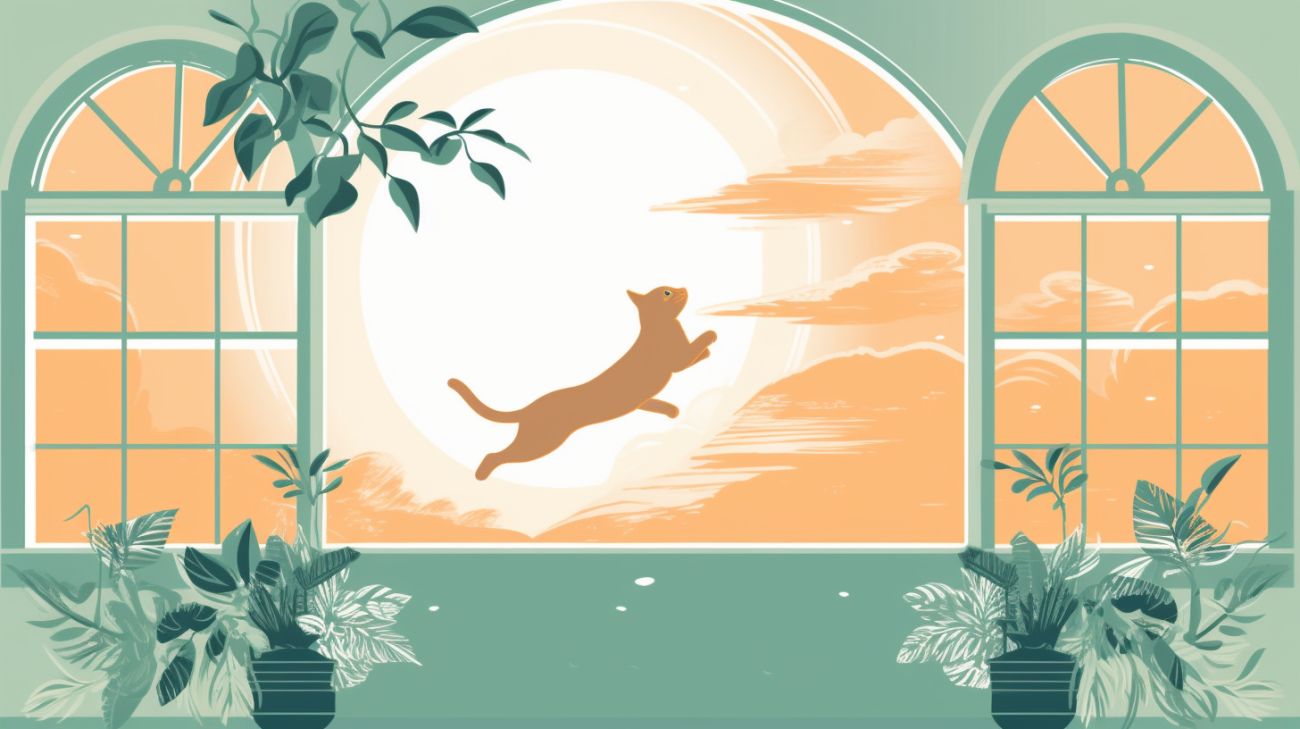
Grooming
Brushing: Brushing your cat is important for maintaining your cat's coat. If you have a long-haired cat, then brushing them weekly, if not daily, will help them keep hygienic and avoid any painful matting. This is especially important if you have an elderly cat who may not be agile enough or have enough energy to clean themselves properly. For shorter-haired cats, you won't need to brush them often at all.
Cleaning teeth: This one may come as a surprise to many cat owners. The professional advice often given by a vet is that we should brush our cat's teeth daily. However, if you haven't been able to start this routine from a young age, you may struggle to keep your cat still for long enough to brush their teeth. Even once a week is better than nothing. This will help prevent plaque buildup and painful infections.
Claw clipping: When your cat's claws get too long, they risk injury. Whether it's scratching themselves, getting infections from ingrowing claws, or becoming stuck and pulling one out. When you notice your kitty's nails growing too long, it's important to clip them back to keep them comfortable. This doesn't hurt your cat in any way, but they may still protest it. If you find it too difficult, a vet can do it for you.
Flea treatment: Indoor cats won't need to worry too much about fleas, but if you have a cat that loves exploring the outdoors, you may notice how often they pick up fleas. If left untreated, this can develop into a more serious health problem. So, at the first signs of fleas, like scratching, eggs, or flea poo, make sure you treat them as soon as possible.
We may think of cats as being a low maintenance pet compared to others. However, they still need regular grooming to keep happy and healthy.
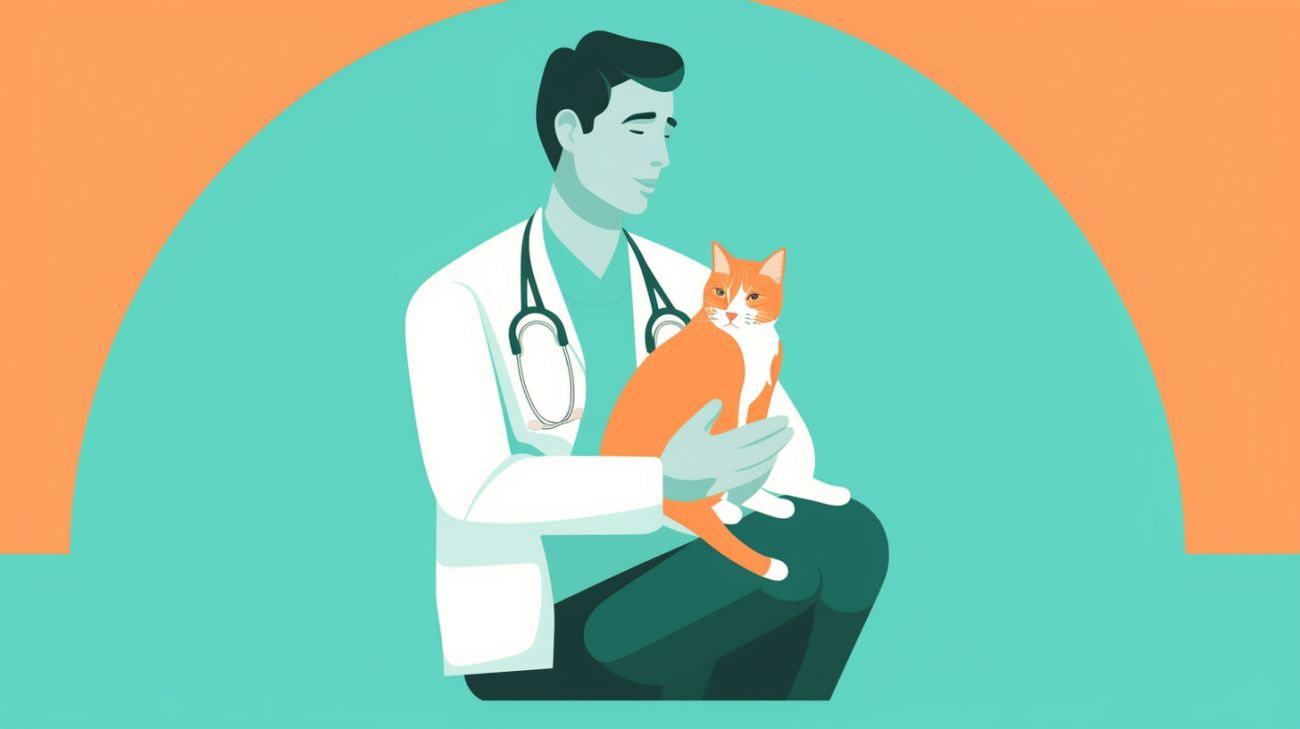
Signs your cat isn't happy
Hiding
Fear
Stress
Illness
Injury
Anxiety
Excessive licking
Limping or holding a paw out
Minimal movement
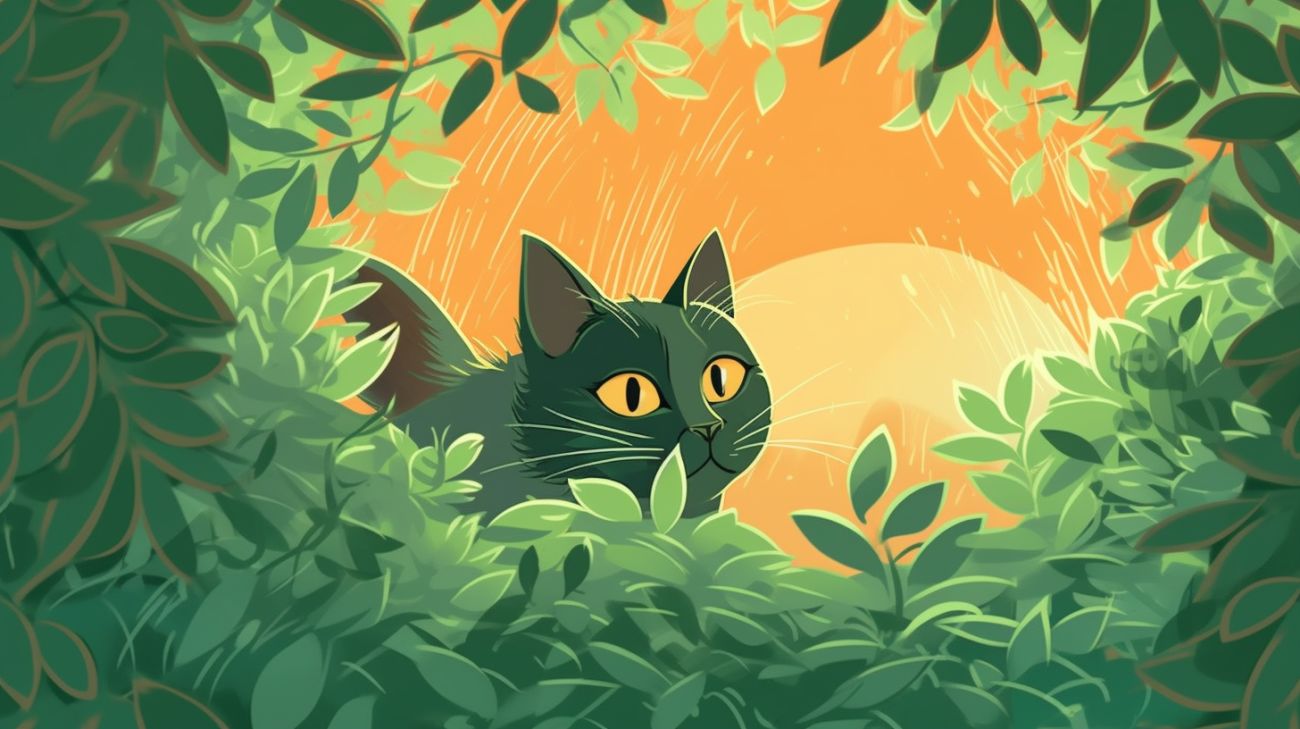
Acting withdrawn
Change in eating behavior
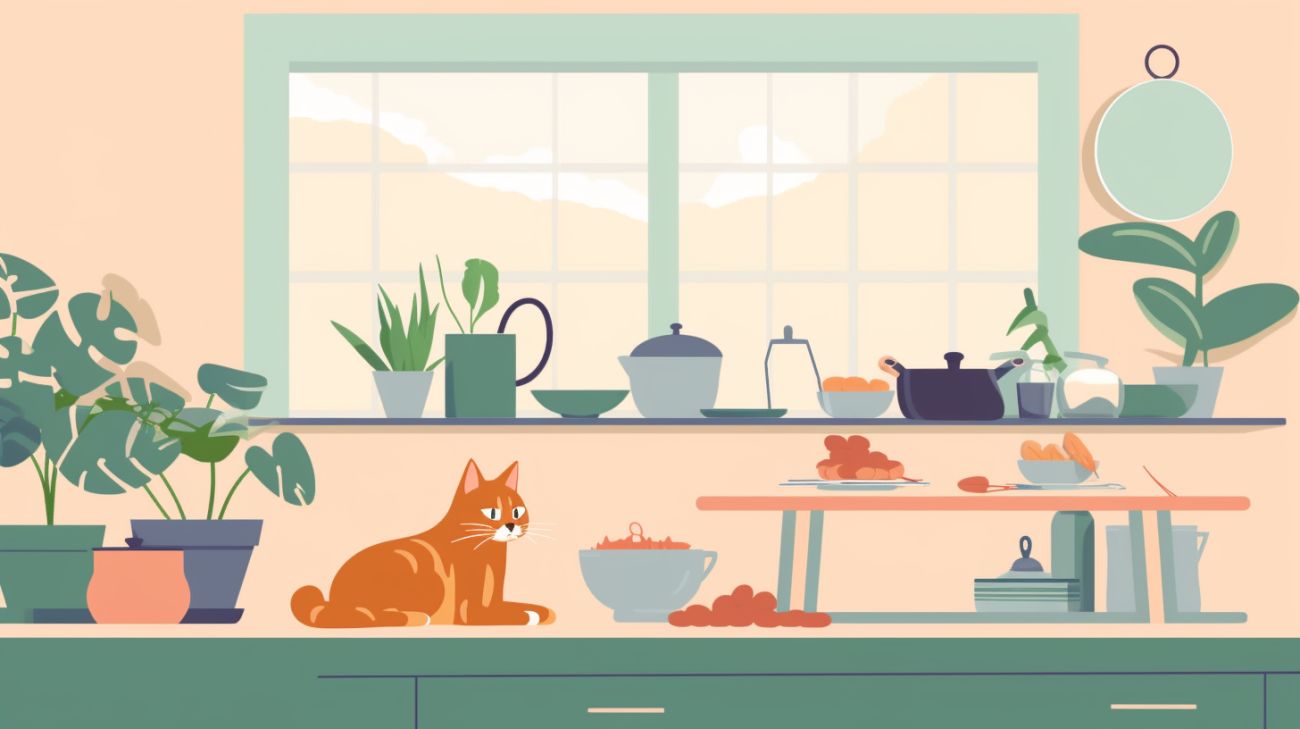
FAQs
How can I make my indoor cat happy?
You can make your indoor cat happy by giving them lots of attention and making sure they are mentally stimulated. Invest in a scratching post, a cat tree, and some good cat toys.
How do I know if my cat is happy?
You will know if your cat is happy if their body language is relaxed, they are eating regularly, and they are interacting with you and other people.
How do you cheer up a cat?
You can cheer up a cat by spending some quality time with them. Offer them cuddles, play with them, and make sure they have a safe and secure environment to relax in. A treat goes a long way, too!
How do I tell my cat I love him?
You can tell your cat you love him with your actions instead of your words. Physical affection like head nudges and strokes are a clear indicator to your kitty that you love them.
Can you tell if a cat is unhappy?
Yes, you can tell if a cat is unhappy. If they are hiding, acting withdrawn, or not eating, then this may be a sign their fight or flight instinct has kicked in, most likely caused by ongoing stress.
Does a cat trust you if it sleeps next to you?
Yes, a cat trusts you if it sleeps next to you. This is because they are at their most vulnerable when they are sleeping. So, if they choose to be around you when they do this, that means they feel safe and secure in their home.
Do cats get sad when you leave?
Yes, cats can get sad when you leave. If you only leave them alone for a couple of hours, they will be absolutely fine. However, if you regularly leave them for long periods of time, they may experience loneliness and stress.

